In this tutorial, we will go over the steps of creating your first A/B test with the help of the Thrive Optimize plugin for WordPress.
If you have already read quick start guide, it means you’ve already launched a page using Thrive Architect and you have accessed the “Create New Test” button:
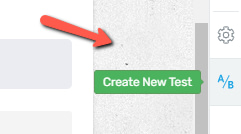
Moving forward, you will be sent to the dashboard which allows you to manage all the pages that will be included in the test.
How Does this Work?
The page that you started editing with Thrive Architect will be called the “Control”.
All the extra pages that you will add with the purpose of testing them will be called “Variations”.
Unlike the “Control”, the “Variations” will not be saved as actual pages on your WordPress website. They are only created for testing purposes which means that you can choose to save one of them as an actual page once the test is over.
There are two ways in which you can add a new variation:
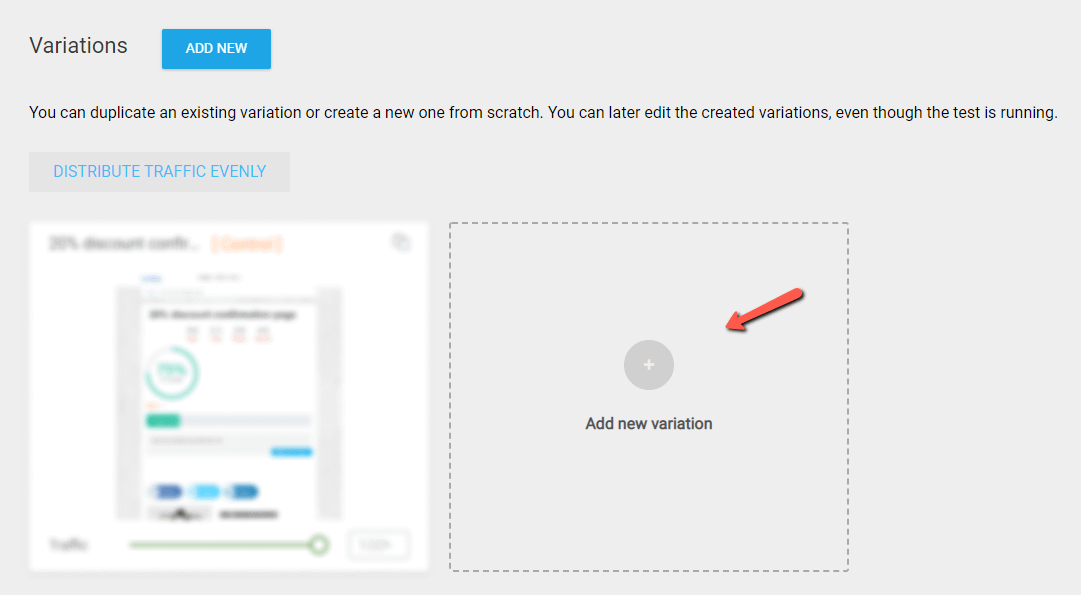
Important!
Adding a new variation will basically create an empty page with no elements added to it. If you want to create a page similar to the “Control”, and just add small touches to it, you can duplicate the “Control” page and just make small adjustments to the duplicated variation:

After you have added a new variation you can go ahead and edit it with Thrive Architect:
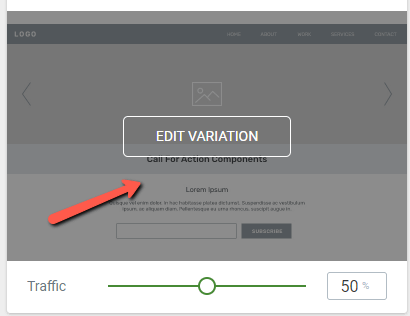
Whenever you want to go back to the Thrive Optimize Dashboard, click on the “A/B” test button from the right sidebar:

Here is where you will be able to do other various changes to your variation, such as:
-
Edit the variation name (this is for internal use only):

-
Duplicate the variation (this is useful if you want to use the same variation structure and just make small alterations to it):
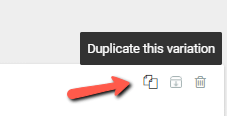
-
Archive the variation (in case you do not want to use it now, but have it for further reference):
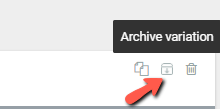
If you archive a variation, it will not be included in the test. However, you can always look for it in the “Archived Variations” section.
All the variations that you have previously archived will show up here. So, instead of deleting a variation, you can opt to archive it instead and always have the possibility of accessing it if needed:
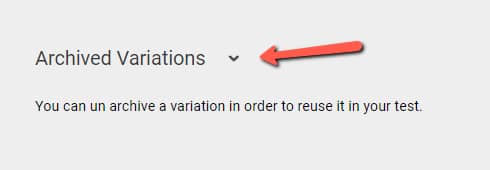
Important!
After a test is completed, all of the losing variations will be archived. In this way, whenever you’re starting a new test for the winner page, you will find all the previously tested variations in the “Archived Variations” area.
-
Permanently delete variation (simply click on this icon if you want to delete the current variation:
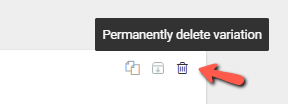
At the bottom of each card, you can then set up how many visitors (traffic) you want to send to each specific page. By default, the traffic is distributed evenly, but you can change this with the use of the slider:
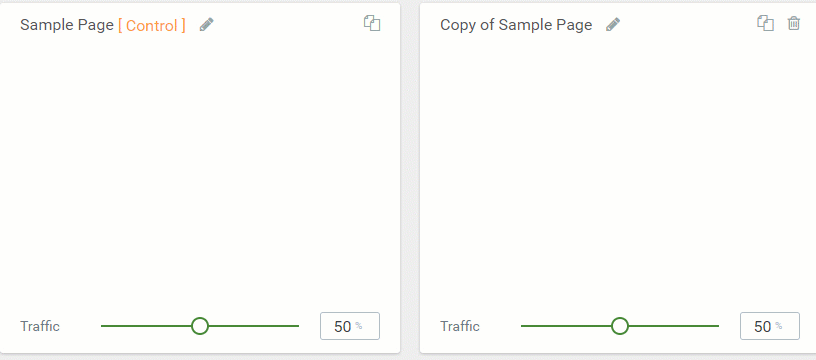
You can also distribute traffic evenly by clicking a button (this can help especially if you have multiple variations):

After you have added content and set up each of the variations, you can go ahead and set up the details of the actual A/B test.
Setting Up & Starting the A/B Test
Look for the “Set Up & Start A/B Test” button on the top right-hand corner of the page:

This will open up a lightbox which will have 2 steps:
Step 1: Personalize Your A/B Test
This step will require you to give the test a name and a short description (for internal use only):
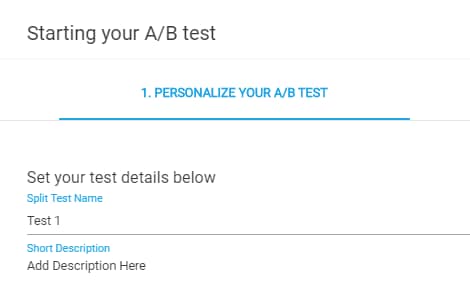
Right under these fields, you will also have the option of enabling the “Automatic Winner Settings” for your A/B test:

You can find out more about how the “Automatic Winner Settings” work by checking out this article.
After you have set up this step, you can click on “Next” to proceed to the next step.
Step 2: Set the Goal of the Test
Here you will have 3 test goal options: “Revenue”, “Visit Goal Page” and “Subscriptions”:

-
The “Revenue” goal type allows you to measure how much value does a conversion bring to your business. Each conversion will be recorded when a user will access a page that you will set up. Don’t forget to check out this article, to find out more about the Revenue goal type.
-
The “Visit Goal Page” is based on the same principle as the Revenue goal type. The only difference is that you will not have to set a value for conversion. You can find out more about the “Visit Goal Page” goal type, in this article.
-
The “Subscriptions” goal type requires you to have an opt-in form on the page. In this way, conversions will be measured by each person that will register on the opt-in form. If you want to read more about how the “Subscription” goal works, please read this article.
Once you have set up the goal type, you can click on “Start A/B Test”:
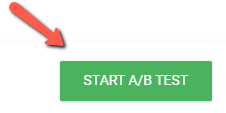
Now, the test has started, and you will be sent to the WordPress editor of your Control Page, where you will be able to see the A/B Test Overview:

If you ever want to edit one of the pages involved in the test, you can click on the Thrive Architect icon for either one of the pages, and start editing them with Thrive Architect. Also, check out this article to see a more in-depth description of the test details.
This is how you can create your first A/B test with Thrive Optimize. Don’t forget to check out this tutorial on how to choose a winner and how to view test details!
Hope you found this article useful! If so, don’t forget to give it a smile below 🙂